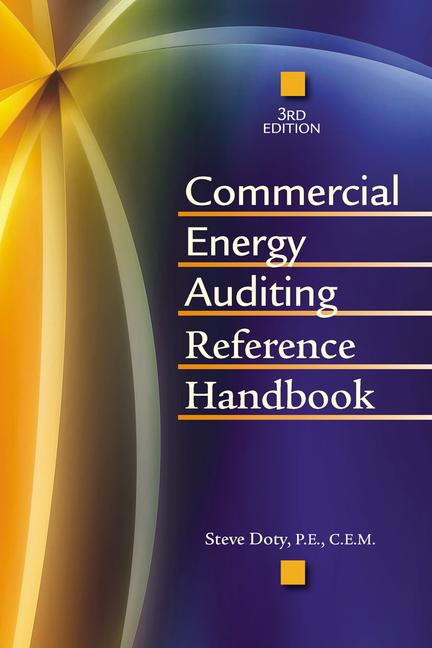Past Problems
While not particular to educational institutions, the following problems are common in them, and are often responsible for chronically high energy bills.Divided authorities and goals. Institutions may have two separate groups tasked with designing and installing energy-related systems: Design and construction (D&C) oversees new buildings and major renovations, while facilities management (FM) handles maintenance and upgrades to installed systems. To meet construction budgets, D&C may have first cost as its main criteria, while FM deals with ongoing operating costs, preferring options that may cost more to install, but less to run.
Outdated specifications. While many energy-efficient technologies are well accepted, dated specs may still call for inefficient equipment (e.g., T12 lamps). Unless otherwise directed, architects may use such specs or impose those used by their firms - which may not be any newer. Yesterday's standards then become today's mistakes.
Limited technical sophistication. When energy prices remained low throughout the 90s, the energy-conscious mindset of the 70s was lost. Attrition and downsizing diminished energy acumen, leaving no one in charge to control energy cost. Instead of repairing or maintaining them, energy-saving systems were then often bypassed.
Lack of upper management support. Without a high-level mandate in hand, an energy manager may have difficulty making head-way against institutional intransigence ("This is the way we have always done things here.").
Counterproductive energy budgeting. When an upgrade produces savings, the usual response is to cut next year's energy budget to match that new level, rather than reinvesting some of the savings to further cut energy costs. Competition for capital budget funding usually moves energy issues lower on the agenda.
Minimal energy metering. Insufficient metering hides the causes of demand spikes and/or high consumption. Some campuses have only one meter for all buildings, making it impossible to determine what system or department needs attention.
Little or no commissioning. When a new system is installed, it's assumed that "if it's working, it must be saving." Unless commissioning is part of a contract or spec, there is no way to be sure that the facility is getting its money's worth.
EMP Benefits
Energy master plans (EMP) are designed to overcome such entrenched problems by pre-empting them before they occur, or replacing them with better procedures. An EMP typically starts with the creation of a committee - under a mandate from upper management - with input from D&C, FM, accounting, inventory, capital planning, and interested faculty and student groups. Its goal is to cut energy costs, both near- and long-term, in whatever cost-effective ways won't diminish the educational standards of the institution. To keep such a plan on track requires an energy manager. Filling such a position is an early step in that plan.Through inclusion of concerned parties, issues such as life-cycle costing (and budgeting for its potentially higher first costs) can be worked out. By getting consensus on building specs before another structure is designed, for example, high-efficiency hvac, lighting, and metering may be included. Working with a campus building master plan, an EMP helps coordinate future supply of chilled water and steam from, say, a central plant instead of many less-efficient local systems.
As the EMP helps eliminate counterproductive practices (such as installing lowest first cost systems), it also leads to greater cooperation and lower costs for the institution. Bringing other divisions (such as inventory) up-to-speed on what's needed to keep energy-efficient systems producing savings raises the quality and knowledge level of facility personnel. A well-planned metering and data handling system (part of the EMP) provides an objective way to sub-bill departments for their fair share of energy costs.
Further guidance on handling energy issues at educations institutions may be found at www.appa.org. ES



